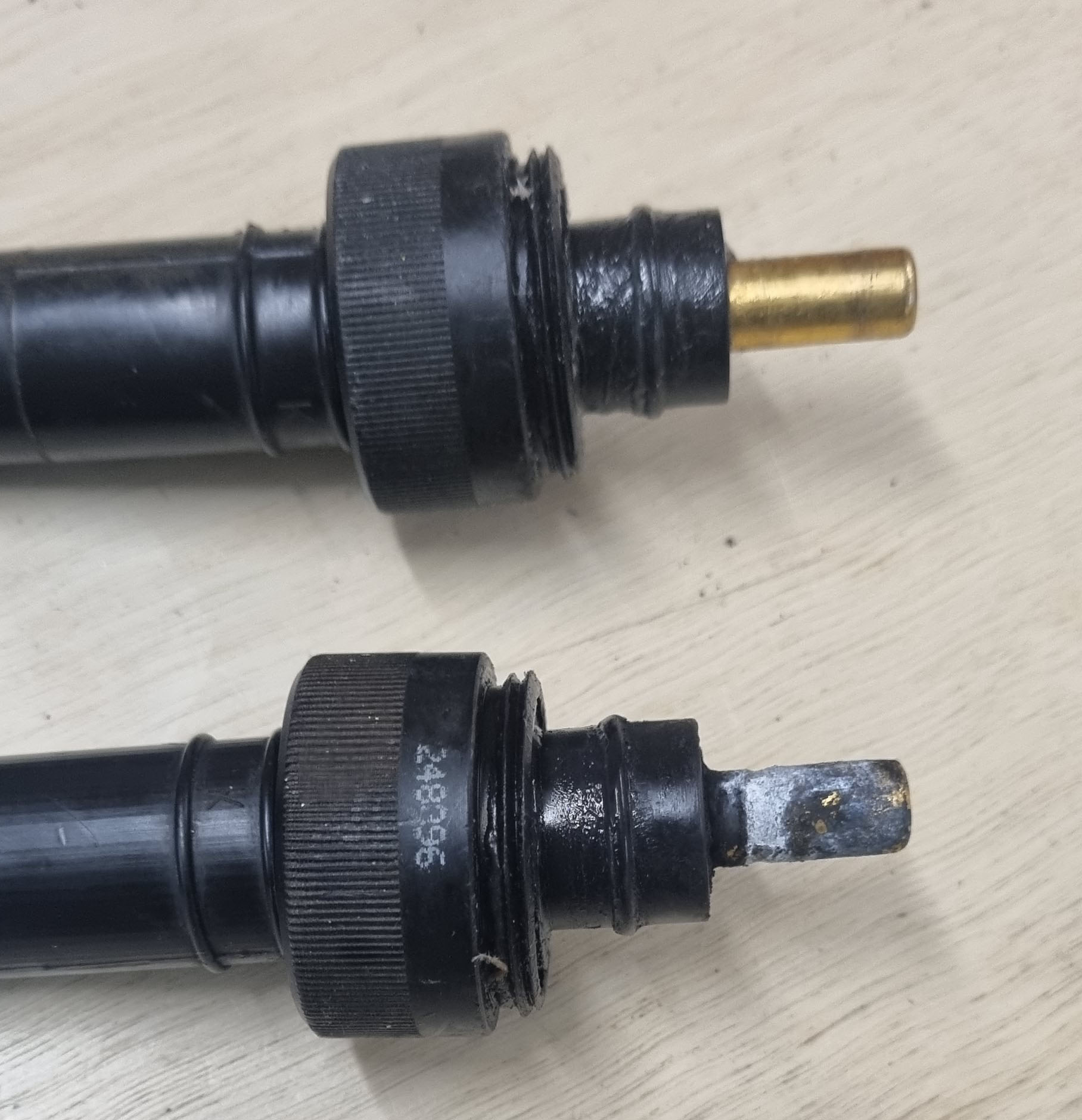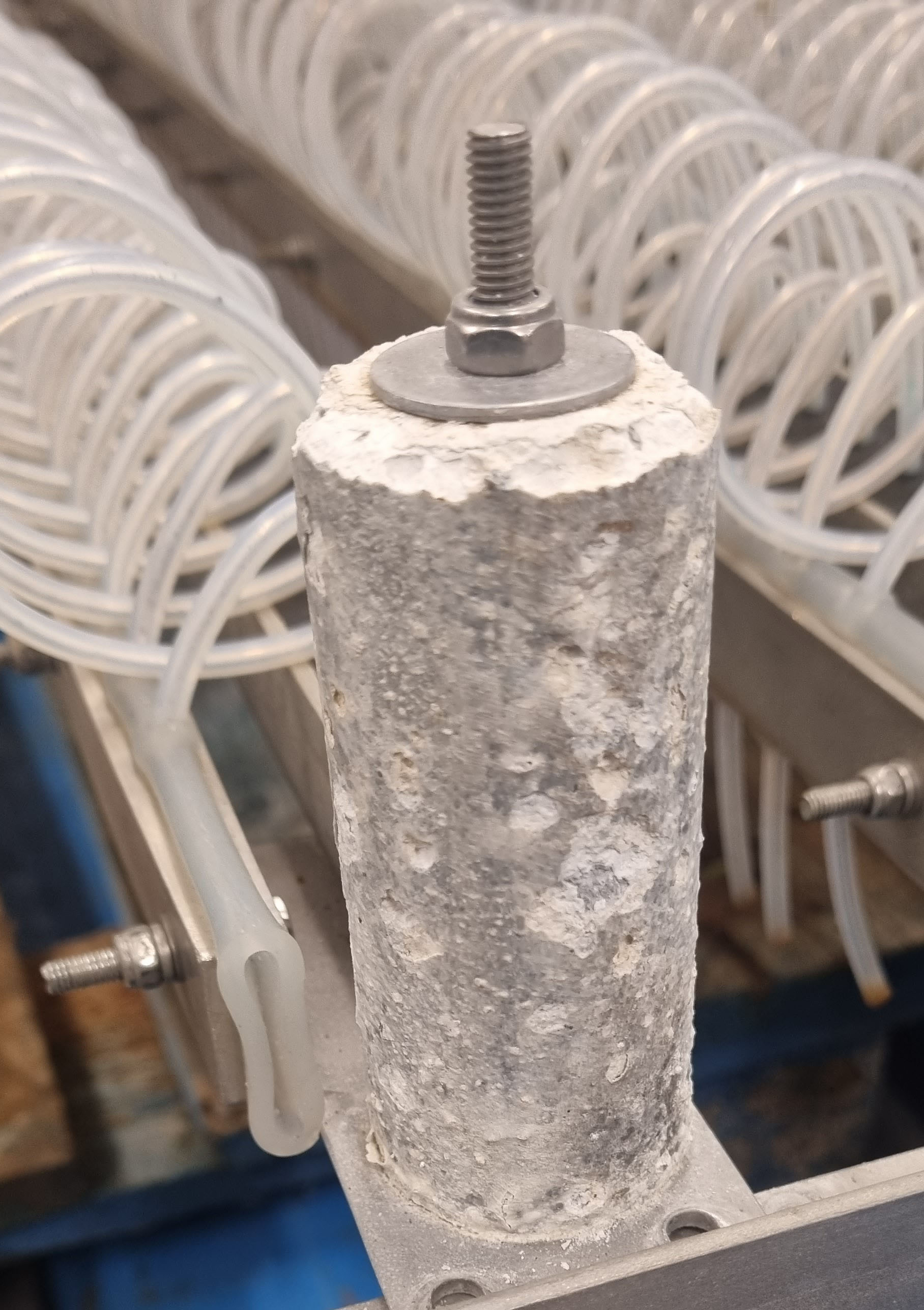Looking After your Subsea Equipment – A Simple Guide

Durability and reliability are key factors with all subsea equipment. It can be frustrating to find that electrical contacts and other components have corroded more quickly than you would have expected.
To ensure your work proceeds as planned, and to the standards you’re used to, all of your beacons, transceivers, transducers, sparkers and power sources need to operate effectively. Constant, careful maintenance is the best way to ensure this over a long period of time.
Engineering for peace of mind
First of all, it’s worth understanding how we do everything we can to ensure the quality of our products before they reach your hands.
Having worked with offshore equipment for over 30 years, we know which details to pay attention to, and follow best practice when engineering all of our products. This ensures our equipment is fit for use in underwater conditions, fine-tuned to be the best it can be and thoroughly protected against the elements.
Every beacon and transceiver is hydrostatically pressure-tested to its rating during assembly, ensuring integrity when deployed at sea. Chassis materials and specialist protective coatings are selected to offer long-lasting durability in the ocean environment.
We design every aspect of our technology to withstand the challenges of an underwater environment, putting products through stringent quality checks and inspections before releasing to the market. We’ll typically soak test products for anywhere between 50 and 100 hours.
Despite all of the work we put in to protect your equipment, good maintenance is still needed to keep your subsea products performing at their best for as long as possible.
Top tips for effective maintenance
There are a few common issues associated with using equipment in an underwater environment. Here are our tips for dealing with them, or avoiding them altogether.
The biggest problem: saltwater damage
People tend to see marine equipment as being highly resilient, designed to work underwater, at extreme depths and pressures for a long time. They perhaps don’t realise that it might need looking after at normal pressures and temperatures in the open air.
However, leaving equipment on the deck of a boat, covered in saltwater after being in the sea, is probably the worst thing you can do to it. In these conditions, your products will be just as liable to corrosion (if not more so, due to the exposure to oxygen in the air) than if they were thousands of metres below the surface.
Every time you recover subsea equipment, it’s good practice to wash it down with fresh water to remove the salt. Otherwise the salt will eventually start to corrode the materials, no matter how well protected they are. Afterwards, wipe it down thoroughly to ensure prevention of long-term damage and having to purchase a replacement earlier than anticipated.
Don’t roll up your sleeves…
All of our beacons are encased in a polyurethane sleeve to protect the metalwork from damage. This could be confused for packaging or a cosmetic covering, but it’s important to ensure the sleeve remains in place when operating the beacon. It should never be removed.
Cover your connectors
It’s typical to see exposed connectors on subsea equipment – the bright brass contacts where the power and communication cable plugs in. These must be protected when not mated and deployed subsea, otherwise corrosion will occur, eventually leading to operational faults.
Every aae beacon is supplied with a ‘dummy plug’ which can be fitted before deployment to protect the contacts of the subsea connectors. The dummy plug can be damaged or misplaced easily over time, so it’s important to check it is fitted correctly prior to deployment as it plays a vital role in the operational life cycle of the subsea beacon.

Keep an eye on your anodes
On Dura-Spark equipment, the frame is fabricated from treated marine-grade stainless steel, with sacrificial anodes fitted to protect the frame. The anodes offer protection to the stainless steel frame as they are manufactured from highly active material compared to the stainless steel frame. This means the anodes corrode at a higher rate than the frame.
It’s important you ensure the anodes on all your equipment are a good size and replaced regularly. Every six months to a year, if in constant use, is good practice.

Avoid over-exposure to sunlight
The transducers and connectors fitted to acoustic subsea systems – the elements that receive and transmit sound – are assembled using a polyurethane compound. Therefore, it’s very important to not leave them exposed to strong UV sunlight in a hot environment for prolonged periods of time, otherwise they can start to deteriorate.
Prolonged exposure to UV will cause transducers and connectors to dry and crack over time. Always store them in their containers, in the shade and away from high temperatures and UV wherever possible.
High internal temperatures may occur if a beacon is left out in direct, strong sunlight. This may lead to reduced battery operational life span and reduced charge capacity during charging. A thermal fuse is included in the battery pack(s) for protection, which will render the beacon inoperative should this temperature be exceeded.
Service your batteries regularly
One of the many safety features included in the design of all our beacons is an automatic pressure relief valve (PRV). This is fitted to protect the user from any risks associated with the potential build-up of internal pressure within the sealed pressure housing. We recommend that the PRV is serviced annually to ensure operational safety.
Post fast-charging of a beacon, it is good practice to manually vent the PRV, not only to check that the beacon is correctly vented to the atmosphere, but equally to assess the operational status of the PRV.
The internal battery of a beacon has an operational life of three years. After this time, as the battery chemistry ages, the operational life of the beacon may reduce. We recommend that the battery packs are replaced every three years.
Marine life and biofouling
Our Nexus 2 transceiver is typically permanently submerged underwater, connected to the vessel. Over time many kinds of sea life can become attached to it – algae, barnacles or tubeworms, for example. Biofouling will adversely affect the transceiver acoustic performance and any long-term deployment of subsea equipment (release beacons).
It’s important to regularly clean and maintain acoustic transducer heads and any release mechanisms. The maintenance schedule will vary due to location, but effective cleaning can typically be achieved using a mild eco detergent.
Transport everything safely
Typically all our products are supplied with their own transit case. We recommend these are used for both storage and transportation of equipment. With larger systems, such as our CSP range, the transit case is also the operational case, offering protection whilst in use.
Any questions?
We take care to engineer all our products to withstand the tough conditions you’ll find at sea. These simple tips should ensure you get the most out of them for as long as possible.
Have you had any specific issues not covered here, or do you have any extra tips to pass on? Please get in touch for technical advice and support.



